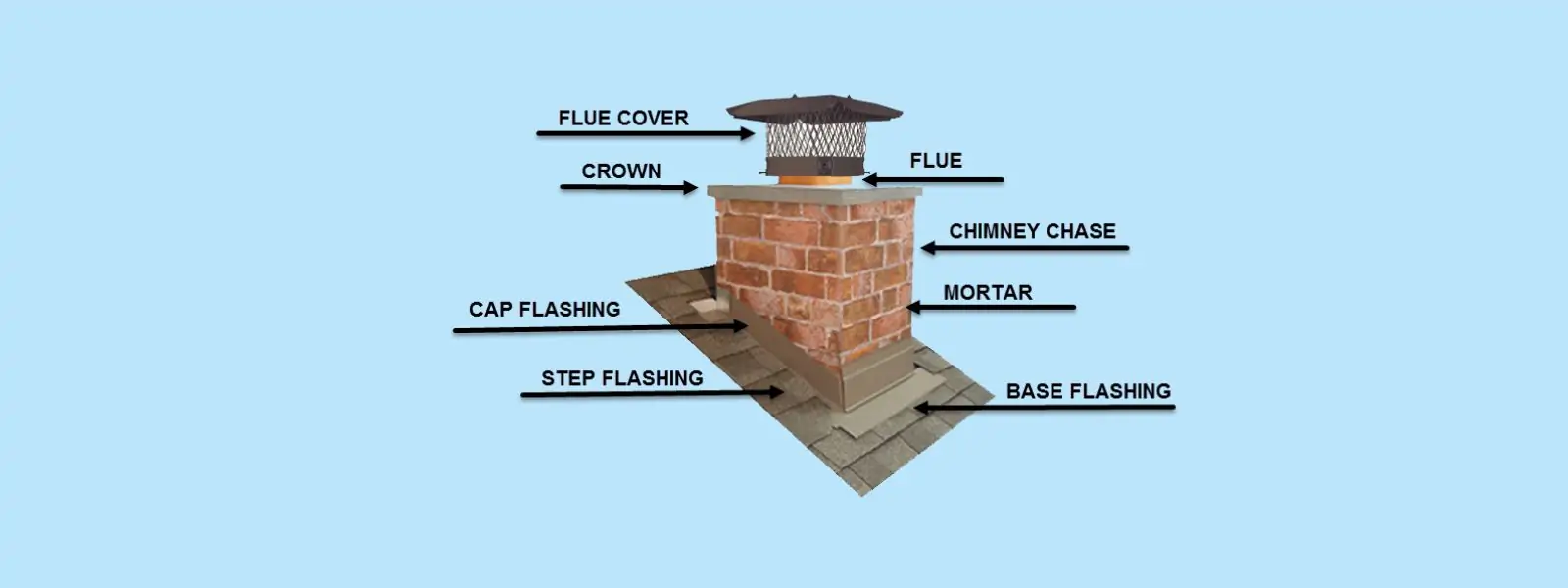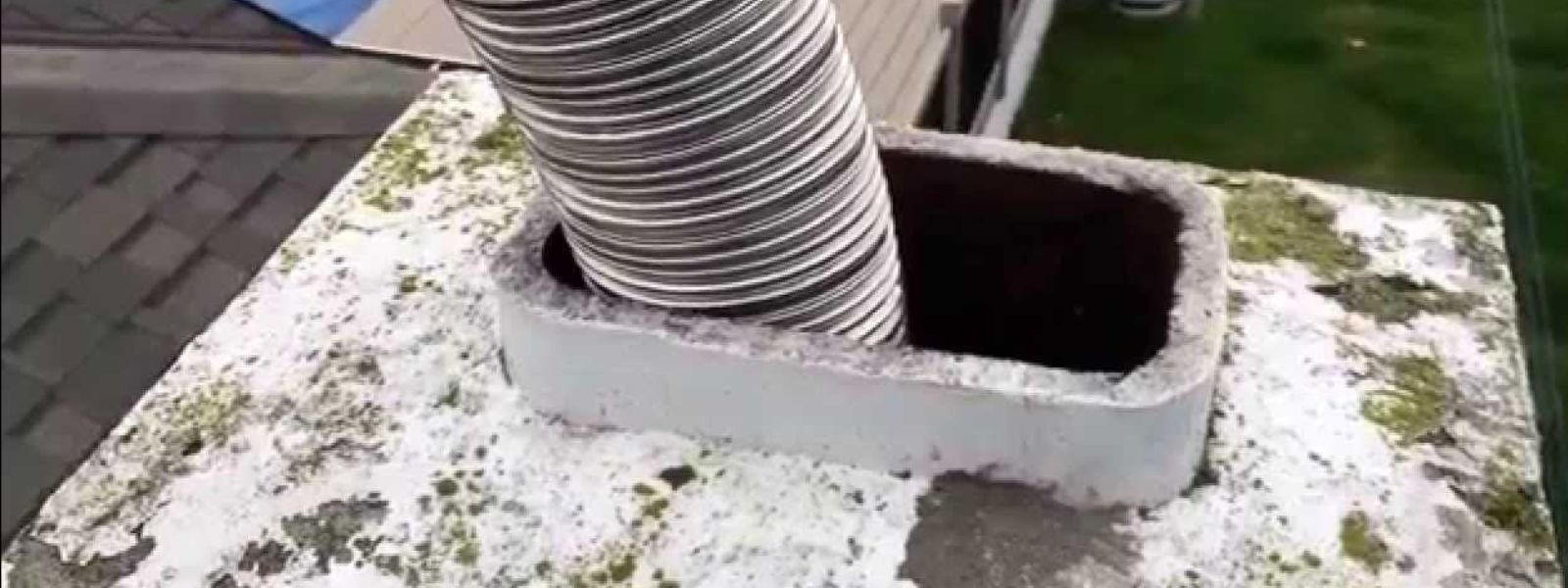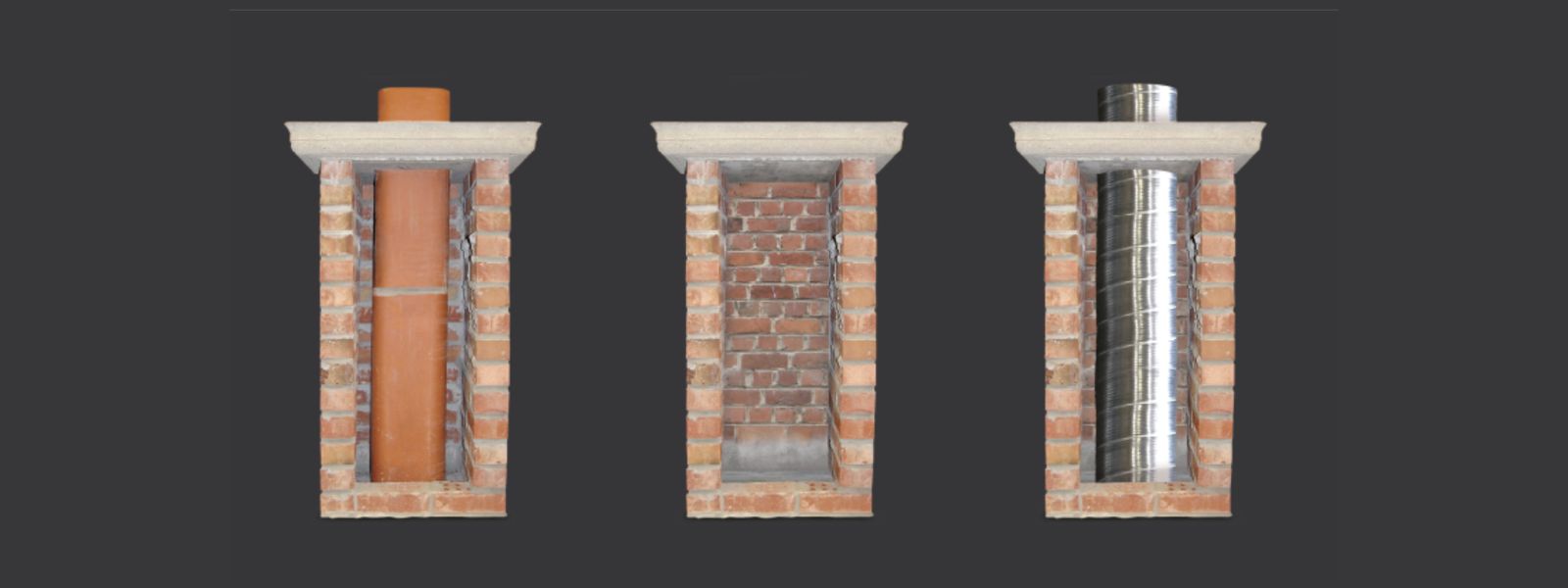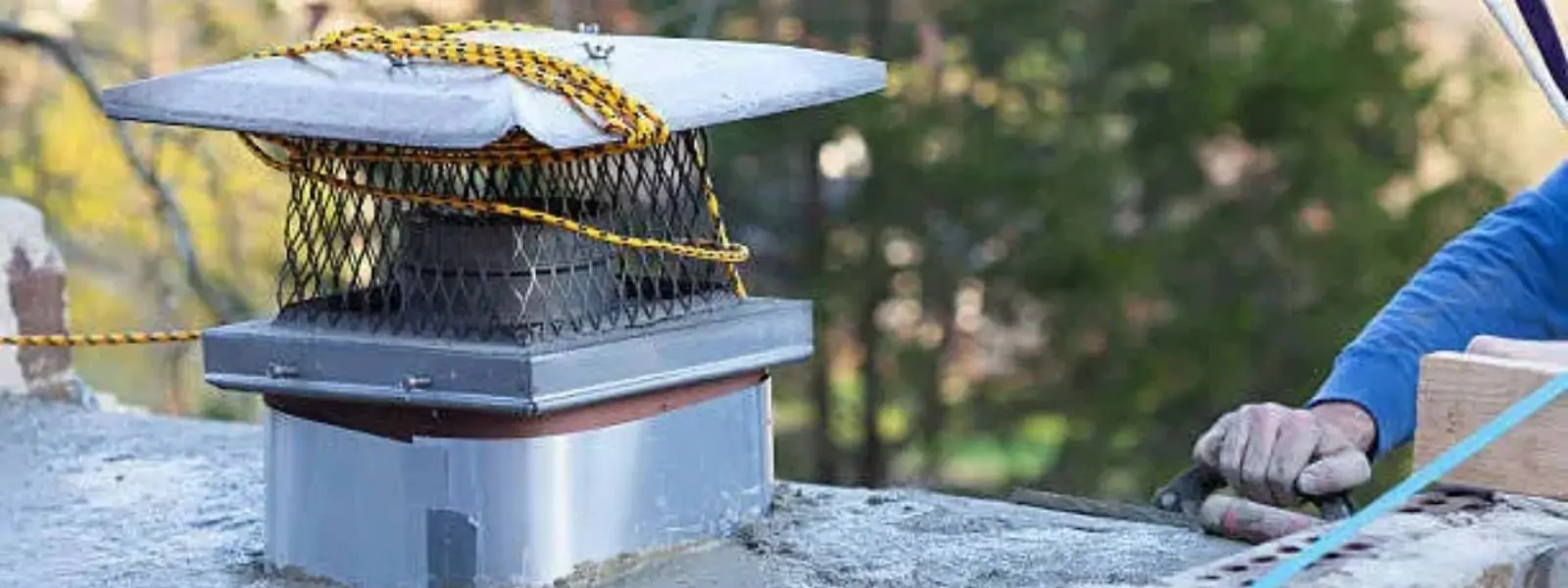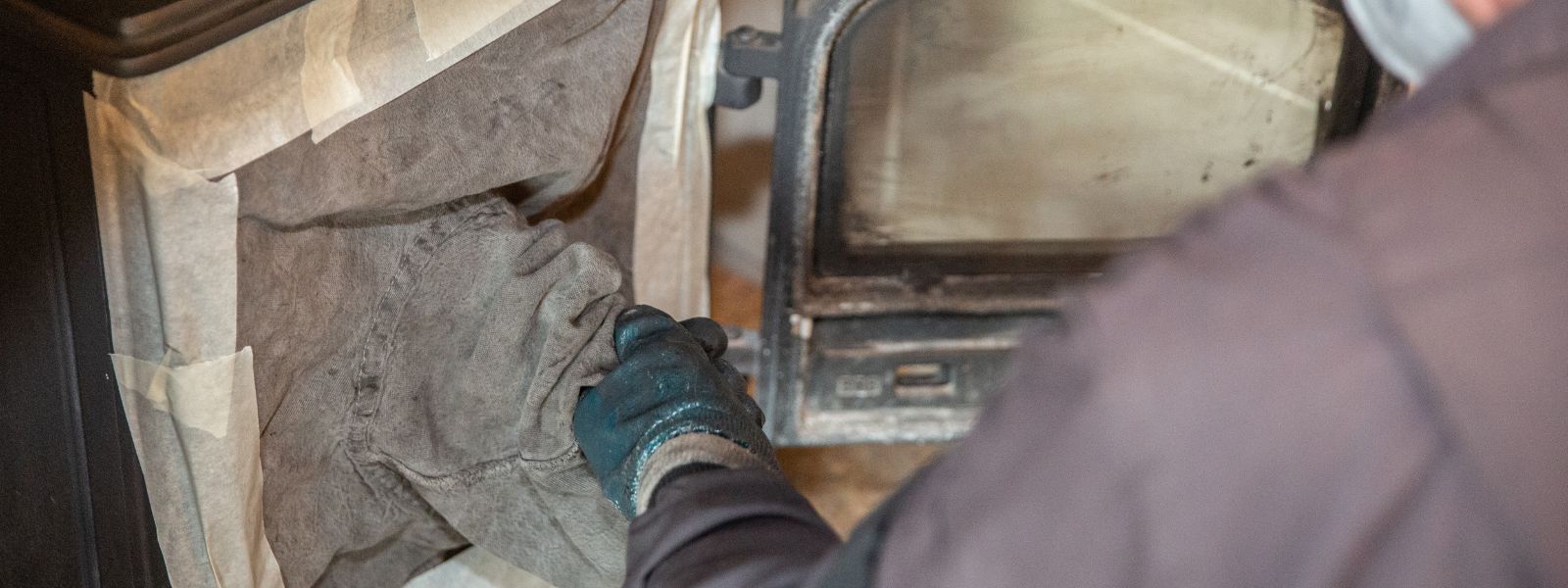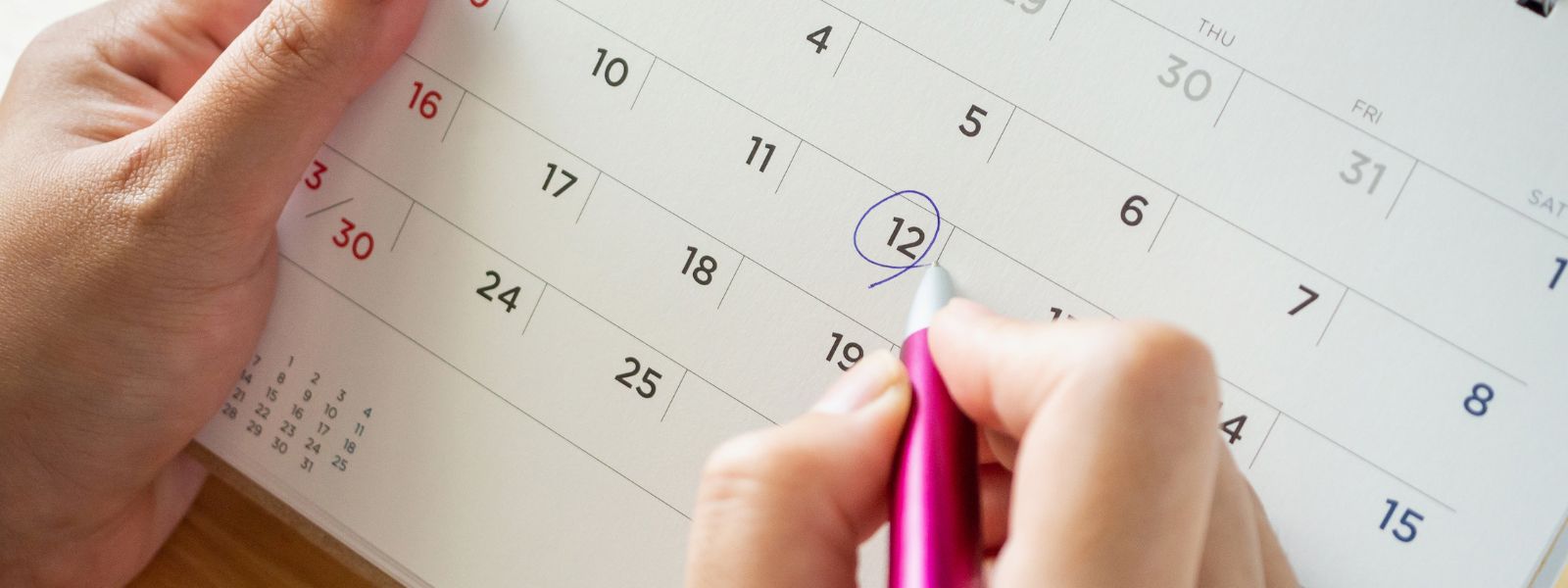Outline
-
- Introduction
- Understanding the anatomy of a chimney
- The importance of chimney liners
- Types of chimney liners and their benefits
- The role of chimney caps and crowns in protecting your chimney
- Common Chimney Problems and How to Address Them
- Regular Chimney Maintenance and Inspections
- Chimney Cleaning Techniques and Frequency
- Conclusion: Keeping Your Chimney Safe and Efficient
Introduction
When it comes to maintaining a safe and efficient chimney, understanding its protective components is key. Your chimney acts as the essential ventilation system for your home, expelling dangerous gases and providing warmth during the colder months. But, there’s more to it than meets the eye.
In this comprehensive guide, we’ll walk you through the different components that make up your chimney, ensuring you have a thorough understanding of how they work together to ensure safety and efficiency. From the chimney cap to the flue liner, each part plays a crucial role in protecting your home from any potential hazards.
Our experts will explain the importance of regular chimney inspections and cleanings, as well as provide tips on how to identify and address common issues. We’ll also cover maintenance and repair guidelines, so you can keep your chimney in optimal condition for years to come.
By the end of this guide, you’ll have the knowledge and confidence to take proactive steps in ensuring the safety and efficiency of your chimney. Don’t let this crucial aspect of your home go overlooked. Let’s dive in and uncover the protective components of your chimney together.
Understanding the anatomy of a chimney
To fully grasp the protective components of your chimney, it’s important to have a basic understanding of its anatomy. A chimney is composed of several parts, all working together to provide proper ventilation and prevent any potential hazards.
At the base of the chimney is the hearth, which is where the fire is lit. Above the hearth is the firebox, where the combustion process takes place. The smoke produced during combustion rises through the flue, which is the interior passageway of the chimney. The flue directs the smoke and other byproducts outside your home, keeping the indoor air clean and safe.
The flue is lined with a chimney liner, which acts as a protective barrier between the hot gases and the surrounding structure. The chimney liner also helps to create proper airflow and insulation within the chimney. Above the flue, you’ll find the chimney cap, crown, and flashing, which further protect the chimney from external elements such as rain, animals, and debris.
Understanding the anatomy of your chimney is an essential first step in identifying and addressing any issues that may arise. Now, let’s dive deeper into the protective components of your chimney.
The importance of chimney liners
Chimney liners are a crucial component of your chimney’s protection system. They serve several important purposes, including preventing the transfer of heat to combustible materials, improving the efficiency of your chimney, and reducing the risk of chimney fires.
The primary function of a chimney liner is to provide a smooth and insulated passageway for the smoke and hot gases to exit your home. Without a liner, the heat from the combustion process can transfer directly to the surrounding walls, leading to potential structural damage and fire hazards.
Chimney liners also help to improve the efficiency of your chimney by creating a consistent airflow. A properly sized and insulated liner ensures that the smoke and gases rise efficiently through the flue, preventing downdrafts and minimizing the risk of smoke entering your home.
Furthermore, chimney liners help to reduce the risk of chimney fires. The high temperatures produced during the combustion process can cause the buildup of flammable creosote along the interior walls of the chimney. A liner acts as a protective barrier, reducing the likelihood of creosote buildup and preventing the ignition of a chimney fire.
Types of chimney liners and their benefits
There are several types of chimney liners available, each with its own set of benefits and considerations. The most common types include clay tile liners, metal liners, and cast-in-place liners.
Clay tile liners are the traditional choice and have been used for many years. They are durable, resistant to high temperatures, and can withstand the corrosive effects of combustion byproducts. However, clay tile liners can crack over time, especially if exposed to extreme temperature changes, and may require regular maintenance and inspection.
Metal liners, such as stainless steel or aluminum, offer a more flexible and efficient option. They are easy to install and can accommodate different chimney shapes and sizes. Metal liners are also resistant to corrosion and can withstand high temperatures. However, they may be more expensive than clay tile liners and require professional installation.
Cast-in-place liners are a newer technology that involves pouring a specialized cement-like mixture into the existing chimney. This creates a seamless and insulated liner that can adapt to the shape of the chimney. Cast-in-place liners offer excellent insulation properties, durability, and resistance to corrosion. However, they require professional installation and can be more expensive than other options.
Choosing the right type of chimney liner depends on various factors, including the age and condition of your chimney, your budget, and your specific needs. Consulting with a professional chimney sweep can help you make an informed decision and ensure the proper installation of your chimney liner.
The role of chimney caps and crowns in protecting your chimney
Chimney caps and crowns are essential components of your chimney’s protective system. They serve different purposes but work together to prevent water, debris, and animals from entering your chimney.
A chimney cap is a metal or masonry structure that sits on top of the chimney, covering the opening. It acts as a barrier against rain, snow, and debris, preventing them from entering the flue. Additionally, a chimney cap helps to prevent animals, such as birds and squirrels, from nesting in your chimney.
Chimney caps also play a vital role in preventing downdrafts. They are designed with a mesh screen or solid top that allows smoke and gases to exit the chimney while blocking the entry of wind and downdrafts. This helps to maintain proper airflow and prevents smoke from entering your home.
On the other hand, a chimney crown is a masonry structure that covers the top of the chimney stack. It acts as a protective barrier, preventing water from seeping into the chimney structure. A well-built chimney crown should extend beyond the edges of the chimney, directing water away from the bricks and mortar.
Both chimney caps and crowns require regular inspection and maintenance to ensure their effectiveness. Cracks or deterioration in the crown, for example, can allow water to penetrate the structure and cause damage. Regularly cleaning and removing any debris from the chimney cap’s mesh screen is also important for optimal airflow.
Common Chimney Problems and How to Address Them
When it comes to the safety and efficiency of your chimney, being aware of common problems is essential. By understanding these issues, you can take proactive measures to address them before they become major concerns.
One common problem homeowners face is chimney blockages. Over time, debris such as leaves, twigs, and even bird nests can accumulate in your chimney, obstructing the flow of air and causing ventilation issues. This can lead to a buildup of dangerous gases like carbon monoxide, posing a serious threat to your health and safety. To address this issue, regular chimney inspections and cleanings are crucial. A professional chimney sweep will remove any debris and ensure proper airflow.
Another common problem is chimney leaks. Leaks can occur due to various reasons, including damaged flashing, cracked chimney crowns, or deteriorated mortar joints. If left unaddressed, these leaks can cause significant damage to your chimney and even your home’s structure. Signs of chimney leaks include water stains on the ceiling or walls near the chimney, dripping sounds, or a musty smell. It’s important to address leaks promptly by hiring a professional chimney repair service. They will identify the source of the leak and make the necessary repairs to prevent further damage.
Additionally, chimney fires are a serious concern that can occur when creosote, a highly flammable substance, builds up inside the chimney. Creosote is a byproduct of burning wood, and if not cleaned regularly, it can ignite and cause a dangerous fire. Signs of a chimney fire include a loud cracking or popping sound, dense smoke, or a strong, hot smell. If you suspect a chimney fire, evacuate your home immediately and call the fire department. To prevent chimney fires, schedule regular chimney cleanings to remove any creosote buildup.
By being aware of these common chimney problems and taking appropriate measures to address them, you can ensure the safety and efficiency of your chimney.
Regular Chimney Maintenance and Inspections
Regular chimney maintenance and inspections are essential to keep your chimney functioning properly and to catch any potential problems early on. By following a maintenance schedule, you can extend the lifespan of your chimney and prevent costly repairs.
Ideally, you should have your chimney inspected at least once a year by a professional chimney sweep. During the inspection, the sweep will assess the condition of your chimney, check for any signs of damage or blockages, and ensure that the protective components are working correctly. They will also clean the chimney if necessary. Regular inspections allow you to catch minor issues before they escalate, saving you time, money, and potential safety hazards.
In addition to professional inspections, there are steps you can take to maintain your chimney throughout the year. Regularly check the chimney cap for any damage or debris accumulation, as the cap plays a vital role in preventing moisture, animals, and debris from entering the chimney. If you notice any issues, such as a damaged cap or excessive buildup, contact a professional to have it repaired or replaced.
Another important aspect of chimney maintenance is monitoring the condition of the flue liner. The flue liner protects the chimney walls from heat and corrosive byproducts. Over time, the liner can deteriorate or become damaged, compromising its effectiveness. Signs of a damaged flue liner include visible cracks, crumbling mortar, or excessive heat transfer to nearby combustible materials. If you notice any of these signs, it’s crucial to have the flue liner repaired or replaced to ensure the safety of your chimney.
By investing in regular chimney maintenance and inspections, you can catch potential issues early on and keep your chimney functioning efficiently for years to come.
Chimney Cleaning Techniques and Frequency
Proper chimney cleaning is essential to maintain the safety and efficiency of your chimney. While regular inspections can identify the need for cleaning, understanding the techniques and frequency of chimney cleaning is crucial for homeowners.
The frequency of chimney cleaning depends on several factors, including the type of fuel used, the amount of usage, and the condition of the chimney. As a general guideline, it is recommended to have your chimney cleaned at least once a year or after every 80 to 100 fires. However, if you notice excessive creosote buildup or experience any performance issues, it’s advisable to schedule a cleaning sooner.
Chimney cleaning involves removing creosote and any other debris that has accumulated in the chimney. Creosote is a black, tar-like substance that forms when wood is burned. It can be highly flammable and cause chimney fires if not cleaned regularly. Professional chimney sweeps use specialized brushes and tools to clean the chimney thoroughly, ensuring that all creosote and debris are removed.
If you prefer to clean your chimney yourself, it’s important to take safety precautions and follow proper techniques. Start by placing drop cloths or tarps around the fireplace to protect your floor from debris. Use a chimney brush appropriate for the size and shape of your chimney and attach it to extension rods to reach the entire length of the chimney. Work the brush up and down, scrubbing the walls to dislodge creosote and debris. Make sure to wear protective eyewear, gloves, and a dust mask to avoid inhaling any particles.
After cleaning, it’s important to inspect the chimney for any signs of damage or blockages. Check the flue liner, chimney cap, and any visible masonry for cracks, loose mortar, or obstructions. If you notice any issues, it’s best to consult a professional for repairs.
By understanding the techniques and frequency of chimney cleaning, you can ensure that your chimney remains safe and efficient throughout the year.
Conclusion: Keeping Your Chimney Safe and Efficient
In conclusion, understanding the protective components of your chimney is crucial for maintaining its safety and efficiency. By being aware of common problems such as blockages, leaks, and chimney fires, you can take proactive measures to address them promptly. Regular chimney inspections and cleanings are essential to catch potential issues early on and ensure proper functioning.
Remember to schedule a professional chimney inspection at least once a year and monitor the condition of your chimney cap and flue liner regularly. Addressing any issues promptly and investing in professional repairs when necessary will help extend the lifespan of your chimney and prevent costly damage.
Proper chimney cleaning techniques and frequency are also vital for maintaining a safe and efficient chimney. Adhering to a regular cleaning schedule and following proper techniques will help remove creosote and debris, reducing the risk of chimney fires and ensuring optimal performance.
Don’t overlook the importance of your chimney’s protective components. By taking proactive steps to ensure safety and efficiency, you can enjoy the warmth and comfort of your fireplace with peace of mind. Stay vigilant, follow the guidelines provided in this guide, and consult professionals when needed to keep your chimney in optimal condition for years to come.

